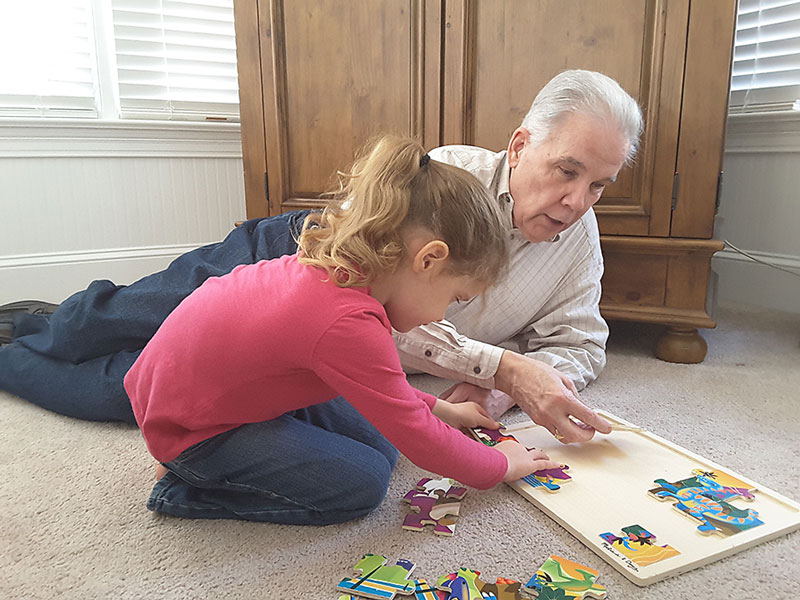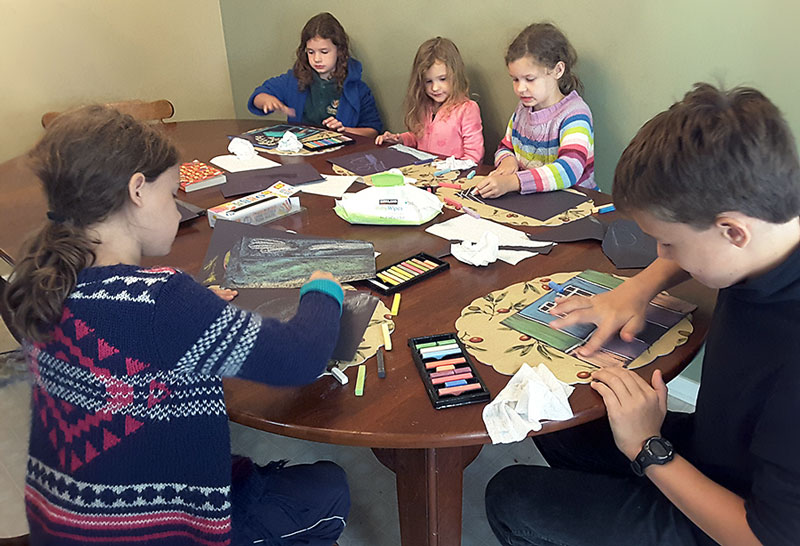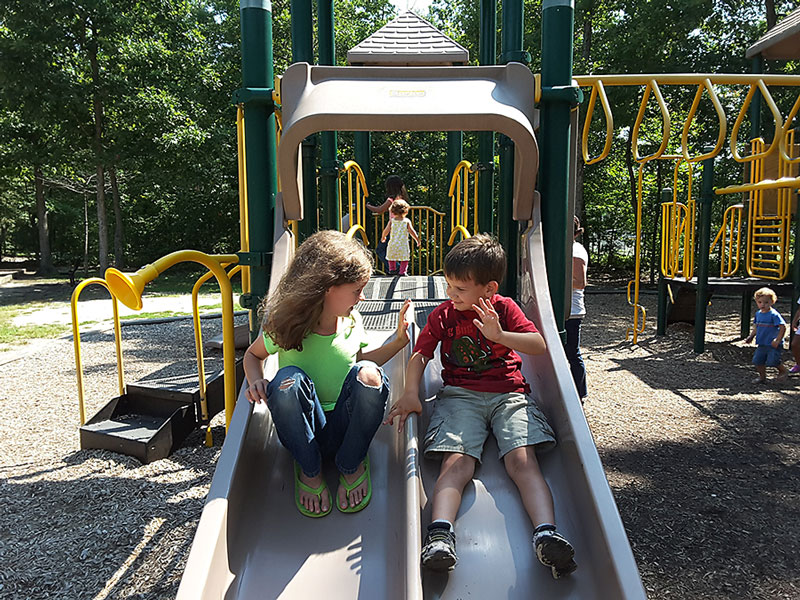
If you’re anything like me, you grasp the concept of sharing truth and goodness with your students in Morning Time or elsewhere in your homeschool day. But we often leave out or don’t know how to approach “beauty.” Did you realize that this actually impacts your ability to impart the true and the good?
Purpose-Driven Homeschooling
I imagine that if we polled our readers about why they homeschool and boiled those answers down into the top two reasons, it would be (roughly) something like this:
- Because I want them to get a good education.
- Because I want them to have excellent character.
The first reason drives our pursuit of truth. We want to them to know all the things. We want them firmly grounded in the essentials.
The second reason drives our pursuit of goodness. We want them to understand right and wrong. Excellence and virtue.
But without beauty, both truth and goodness are flat, abstract concepts.
What’s So Hard About Beauty?
Let’s be honest: beauty seems like such a nebulous concept. It’s too squishy to make a list or line up beside check boxes.
We have far more confidence in a list of vocabulary words about the solar system or a chart of multiplication facts. We can list virtues and habits we want to instill in our children.
But without beauty, that’s really all we have: lists and charts. Beauty is what gives dimension to truth and goodness, what makes truth and goodness experiential rather than simply intangible, abstract concepts.
Beauty is the three-part harmony that enriches and gives shape to the simple melody.
As Charlotte Mason wisely said,
The question is not, — how much does the youth know? when he has finished his education — but how much does he care? and about how many orders of things does he care?
Adding in Beauty
It’s really far easier than you think to weave beauty into your homeschool day. In fact, in a lot of cases, all that’s needed is for you, Mom, to let down your guard, get out of the way, and allow it to happen naturally.
Sometimes we get so caught up in the checklists and goals that we rush past opportunities to revel in just how amazing a system or design is, how it reminds us of other things we’ve discussed, or how satisfying it is that two pieces of information just “clicked” and created a new level of understanding.
Worksheets seem like a straightforward way to meet and assess clear objectives. But board games? Nature study? Poetry? Logic puzzles? Listening to and discussing read-alouds? So fuzzy and unmeasurable. But does that make them a waste of time?
Start with Mom
Sometimes we find it hard to add beauty into our homeschool because we ourselves are out of practice adding and enjoying beauty in our own lives.
Our culture prizes efficiency. Everything must have a quantifiable result.
But when was the last time you took a moment just to enjoy something, just to think about a big idea, just to let thoughts and experiences swim around in your mind?
When mom soaks in truth, goodness, and beauty, when they mingle in her mind, they begin to flow out naturally, like a familiar habit, like a regular way of thinking and relating to the world around her. There is no better way to entice your children to the enjoyment of beauty than letting them watch you practice the habit!
Continuing Education
In fact, the idea for this post sprang out of some of my own time spent in reflection on big ideas. I had a chance to listen to a few podcasts about teaching ideas, discussing ideas, the wonder and satisfaction of stories, and a long-view perspective on homeschooling and what really matters.
The common thread I noticed from each speaker was the emphasis on the child and his “awakening” to learning. And not one speaker suggested that a child’s passion for growth and investigation could best be kindled through the perfect checklists or the most organized scope and sequence.
Instead, the emphasis was on reading aloud. Reading fairy tales. Memorizing poetry. Learning for the sake of learning how to learn, regardless of the subject matter. Good questions. Good discussions. Discussions on the student’s own timetable. Discussion following the student’s directions and tangents.
All the fuzzy, squishy stuff. All the important stuff.
What’s holding you back from embracing the beauty in your homeschool? For more help, grab a copy of my eBook “5 Myths that are Killing Your Multi-Age Homeschool”.
Also, help yourself to these free Christmas Sudoku and logic puzzles to sprinkle some immediate joy into your homeschool this holiday season!
- The Ultimate Guide to Relaxed Poetry in Your Morning Time - April 27, 2020
- Holiday Time when Your Family is Anti-Homeschool - November 15, 2018
- When Skill Learning Gets Messy - October 11, 2018





